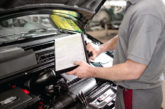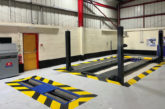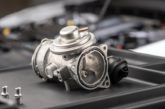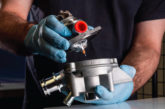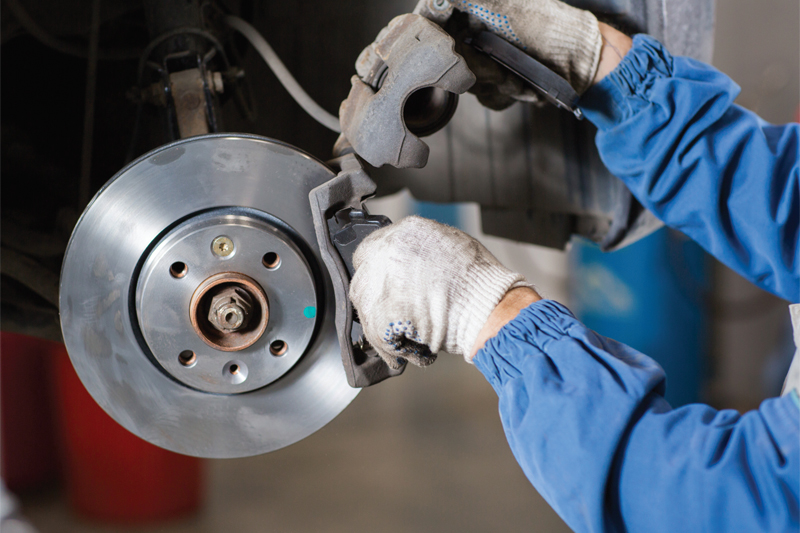
Neil Pattemore gives his take on the difficulties that garages will likely face as evolving vehicle design and VM control over specifications restricts what independents can offer their customers.
The aftermarket exists to provide vehicle owners with choices concerning how their vehicles are diagnosed, repaired, serviced and maintained. The vehicle owner can choose to use the vehicle manufacturer’s ‘authorised repairers’ or alternatively, the vehicle owner can use an independent workshop that may use a different diagnostic approach and subsequently offer a different repair method.
Euro 5 legislation includes the requirement for vehicle manufacturers to provide the design and functionality criteria to replacement part manufacturers to allow them to manufacture alternative replacement parts, but only for emissions-related OBD parts. Equally, there are many replacement parts, which require type approval, such as windscreens, headlights, tyres and most recently, brake components. However, increasingly, the ability to make the choice of how a vehicle is diagnosed and repaired is coming under threat, not from the vehicle owner’s perspective, but from the independent workshop’s ability to offer a choice to the vehicle owner.
What is changing?
The changes are being created by four key aspects: the impact of cybersecurity on vehicle design, the automation of in-vehicle systems, the subsequent liability of the vehicle manufacturer for the functionality of the vehicle throughout its life, and the increasingly bespoke parts needed for today’s vehicles, which are difficult for the replacement part manufacturers to match. Whereas the technical specification and functional requirements for emissions-related parts must be made available by the vehicle manufacturers, this does not need to be done for many other replacement parts for the vehicle.
A good example of this is engine oil, which is increasingly engine-type specific. It’s difficult for the aftermarket lubricants industry to offer a direct equivalent to the vehicle manufacturer’s original engine lubricant. The engine oil must deliver engine protection at higher temperatures and pressures, and offer advanced hardware protection over the lifetime of the oil in the engine, whilst being in a more chemically constrained environment, at lower viscosity levels and over a broader range of operating conditions. This creates the problem of matching the technical specification of the original engine oil. Workshops can also be exposed if they conduct work on a vehicle which is still under warranty and a subsequent engine fault occurs. So, by withholding the specification of their oil, vehicle manufacturers can create a situation where only their lubricants/fluids can be used.
A similar scenario is also happening with ADAS components. Vehicle manufacturers are claiming that only their original parts can be used, and that these parts can only be fitted by their authorised repairers. To ensure that this process is followed, the parts are coded and the corresponding ‘system configuration code’ is only made available to their main dealers. Some vehicle manufacturers have gone a stage further and re-classified these ADAS components as ‘security’ parts, which will bring them under the vehicle manufacturer’s ‘cybersecurity management system’ that is currently being developed in the UNECE vehicle type approval regulations in Geneva. This scenario will only worsen with the development of the fully autonomous vehicle.
With the tightening of ‘product safety’ legislation, vehicle emissions requirements, and automated vehicle systems, the type approval of replacement parts may increase. This wouldn’t be a problem if there were test methods for these replacement parts to be type approved, but in most cases there aren’t, so testing becomes very difficult and expensive.
Also restrictive is the access to the vehicle and its data. Today, the first vehicles to have their OBD port closed off to multibrand diagnostic tools have reached the marketplace. If you want to conduct diagnostics, reset the service light or re-code a replacement part, an electronic certificate is needed. This requires registration with the vehicle manufacturer and the use of personal details to access the certificate at the time you want to work on the vehicle; the vehicle manufacturer will know who you are, where you are and what vehicle you are working on. These certificates are also likely to have ‘rights and roles’ allocations, defining what work you can conduct, which, allied to the coding of parts, or the functionality to recode, re-configure or re-flash software, will also mean that certain parts and actions will be controlled by the vehicle manufacturer.
With ‘connected vehicles’ enabling vehicle manufacturers to directly contact the customer when the vehicle indicates that work is required, the vehicle manufacturer can create and propose their own service offers with their own parts without the driver having to do much more than consent to the offer. Independent workshops won’t even be aware that the vehicle needs to be serviced or repaired. All in all, when it comes to the choice of replacement parts, the business models of yesterday may look very different to those of tomorrow.

